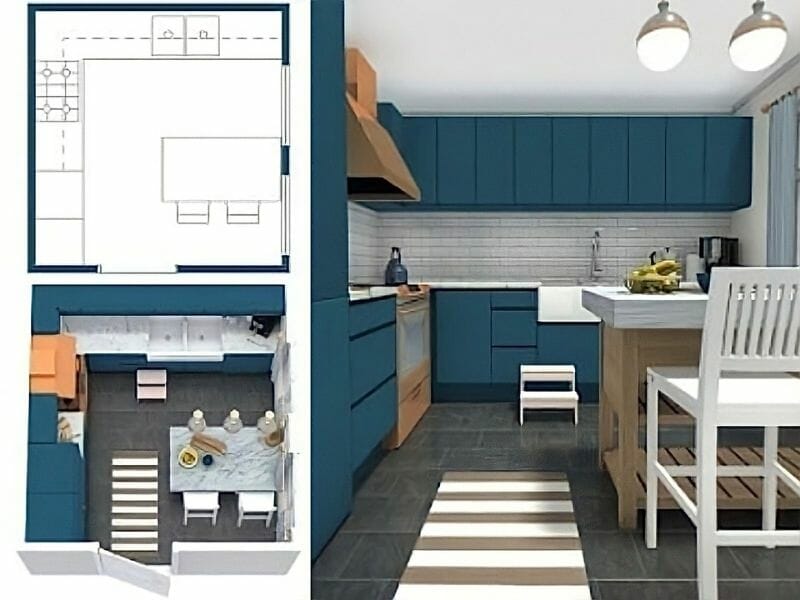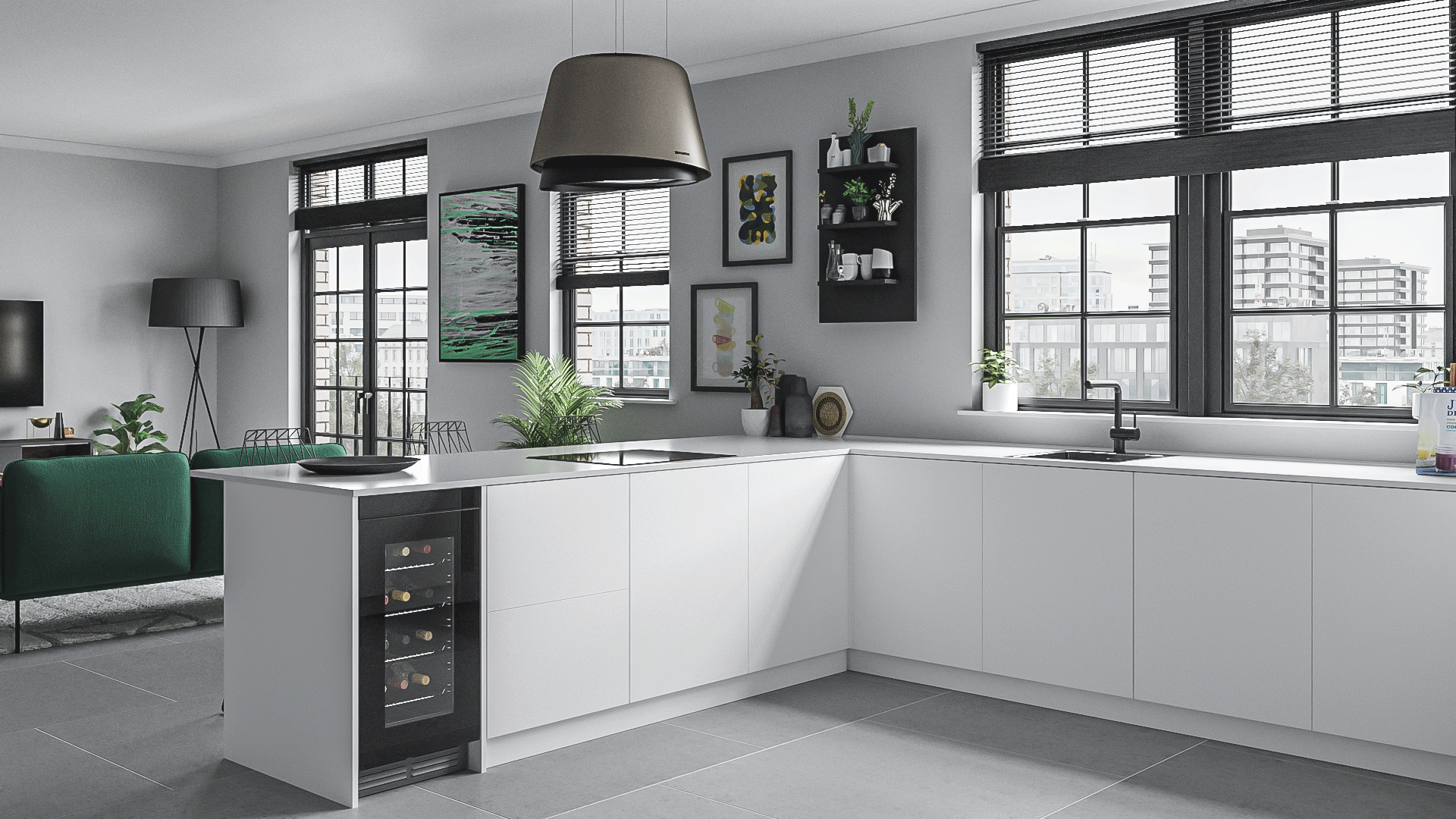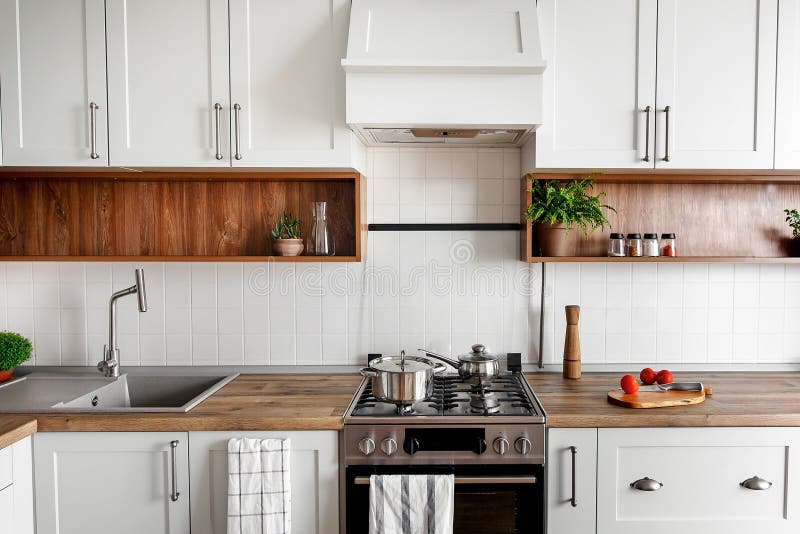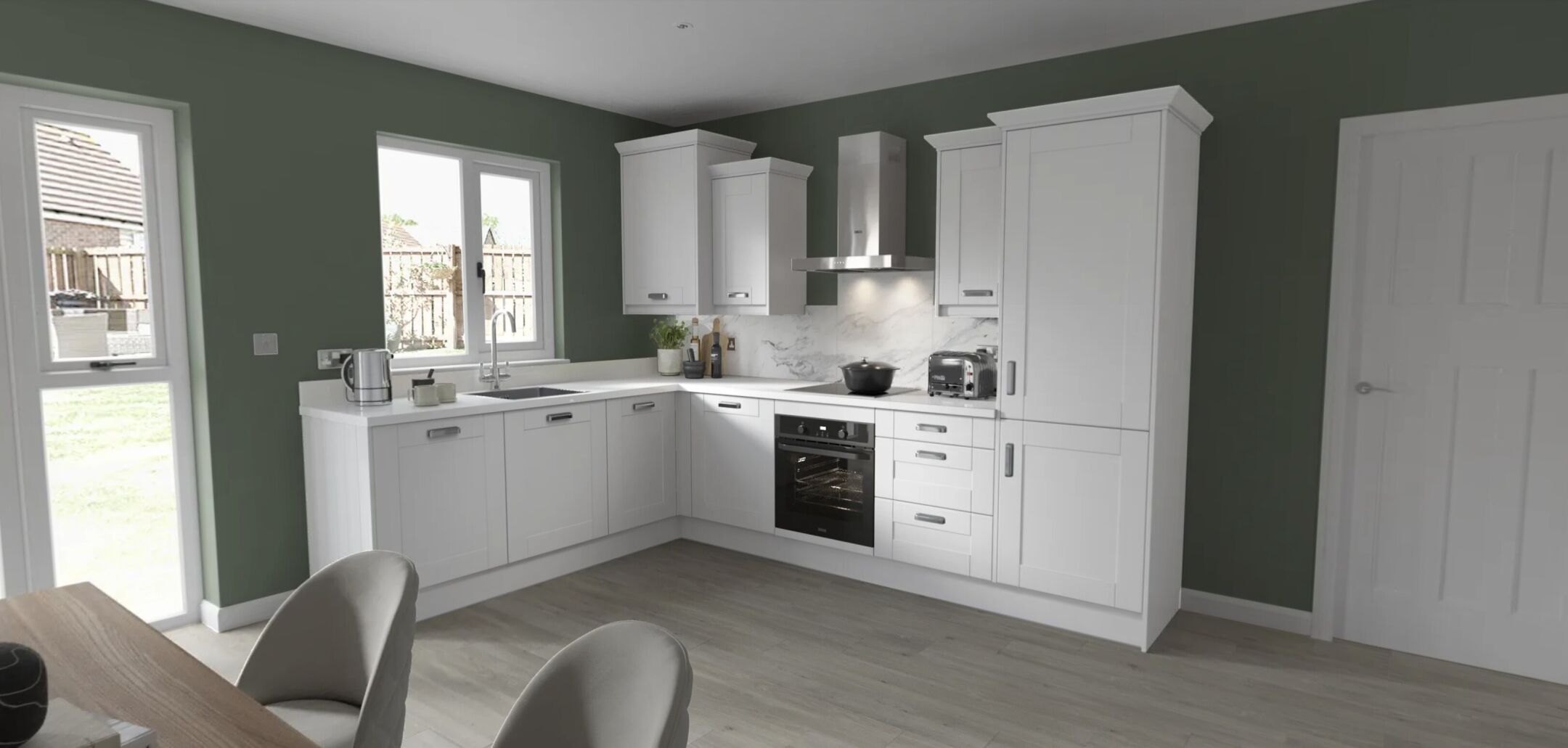Do you love Chinese food but hate the MSG? Do you avoid sushi because of the fishy smell? If so, you’re not alone. Many people are bothered by the artificial flavors and smells that often come with processed foods. Fortunately, there is another way to enjoy your favorite foods—through kitchen rendering. In this blog post, we will introduce you to kitchen rendering and explain why it’s such a great alternative to processed foods. ###
What is Kitchen Rendering?
Kitchen rendering is the process of turning food waste into energy and fertilizers by burning it in an oven. The emissions created by this process are typically Pollution Control Equipment (PCE) exempt, making it a viable option for those looking to reduce their environmental impact.

Depending on the type of oven used, kitchen rendering can produce between 6 and 24 pounds of ash per hour. This ash can then be used to create biochar or used as fertilizer. There are a few things you need in order to get started rendering your own food: an oven, garbage disposal, wood pellets, and water. The garbage disposal helps with the disposal of the ashes while the wood pellets heat up and create the smoke that is essential for cooking and rendering foods.
Types of Kitchen Rendering
There are various types of kitchen rendering that can be used to give your home a new look. Thermoplastic sheeting is a common type of kitchen rendering that can be used to cover walls and floors. This type of rendering is often used in commercial kitchens because it is durable and easy to clean.
Cast stone or travertine is another type of kitchen rendering that can be used to give your home a new look. Cast stone or travertine is a natural material that looks like marble and can be used as an exterior or interior wall covering. It is also popular for flooring because it is non-skid and has a glossy finish.

Granite countertops are another popular type of kitchen rendering that can be used to give your home a new look. Granite countertops are beautiful and make a great addition to any kitchen. They come in many different colors and styles, so you can find one that will fit your personality and style.
Kitchen renderings can provide a beautiful new look for your home, so don’t hesitate to choose one if you’re thinking about renovating your kitchen.
Benefits of Kitchen Rendering
There are many benefits to rendering your own kitchen scraps in your backyard. Not only will you be reducing landfill waste, but you’ll also be saving money by using your own resources. Here are just a few of the reasons why rendering is a good idea:
- You’ll Save Money on Recycling Fees: Up to 50% of the cost of recycling material comes from processing fees, so by rendering your scraps yourself you can avoid these costs altogether.
- You’ll Reduce Waste Landfill Costs: By rendering kitchen scraps you’re creating energy and resource free products that can be used in other projects or composted. This reduces landfill waste and helps preserve our environment.
- You Can Create Customized Supplements: If you have any allergies or sensitivities to certain ingredients, being able to create customized supplements from your own kitchen scraps is a great way to avoid soy, wheat, dairy, and other common allergens.
- You Can Generate Biofuel: By processing food wastes with anaerobic bacteria in an open pond or tank system you can generate biofuel that can be burned in gas or diesel engines.

How to Render Your Own Food in the Kitchen?
If you’re like most people, you probably don’t have the time or inclination to go out and buy food to cook. But that doesn’t mean you can’t enjoy good food without spending a fortune. In this article, we’ll show you how to render your own food in the kitchen using free methods.
Food rendering is the process of turning animal or plant matter into useful products such as fat, collagen, and protein. There are many ways to render food, but the two most common techniques are boiling and simmering.
Here’s how to boil meat: Cut the meat into small pieces and place them in a large pot with enough water to cover. Bring the water to a boil and then reduce the heat to low so that it simmers gently. Simmer for hours, or until the meat is very tender. Use caution not to overcook the meat or it will be tough.
Here’s how to simmer meat: Place the meat in a large pot and add enough water to cover. Bring the water to a simmer and then reduce the heat so that it simmers gently. Cook for hours, or until the meat is very tender. Use caution not to overcook the meat or it will be tough.
The 5 Best States for Kitchen Rendering in 2022
When it comes to home improvement, there’s nothing more satisfying than seeing your hard work pay off. That’s why we’ve compiled a list of the five best states for kitchen rendering in 2022.
- Virginia
Virginia is a top-ranking state when it comes to kitchen rendering. This is due to the fact that they have relatively low temperatures and ample sunlight. This combination creates the perfect conditions for rendering fat and other materials.
- North Carolina
North Carolina is another great choice for those who are looking to render their fats and materials. They boast relatively low temperatures and ample sunlight, making it easy to create high-quality products.
- California
California is known for having some of the most complex weather conditions in the United States. However, this doesn’t stop them from being a great state for rendering fats and other materials. In addition, they also have many large companies that are interested in using these types of products.
This means that there are plenty of opportunities for small businesses to get started in this field.
4 Texas
Texas is one of the largest states in the US, which means that there’s a lot of room to grow in this field if you’re looking to start a business …

Conclusion
If you’re looking to improve your cooking skills or just want to save some time in the kitchen, rendering is a great option for you. Rendering is simply the process of turning Animal Fat into Shortenings, Margarines, and other cooking oils. In this article, we’ll show you how to render animal fat in your kitchen using a few simple steps. By following these steps, you’ll be able to create valuable shortening and cooking oil products that can save you time and money in the long run.






